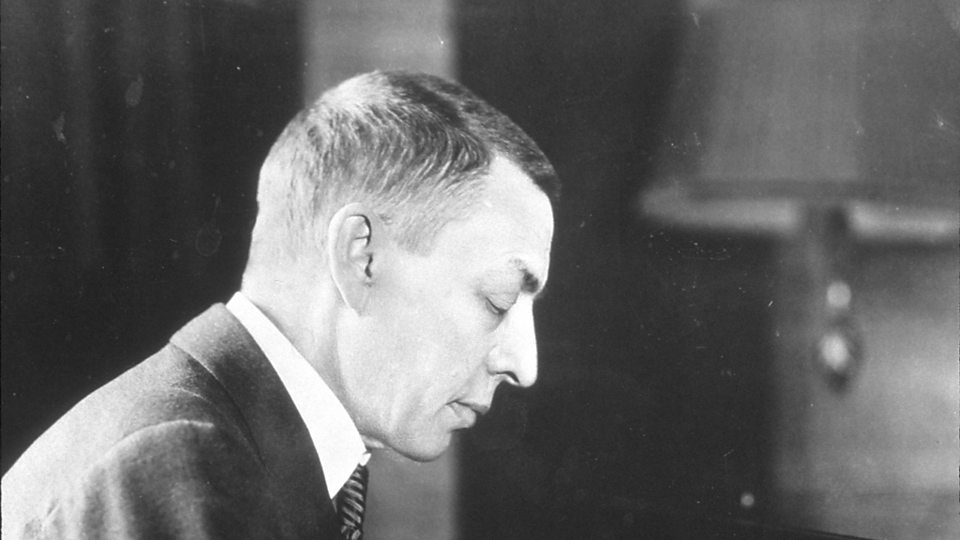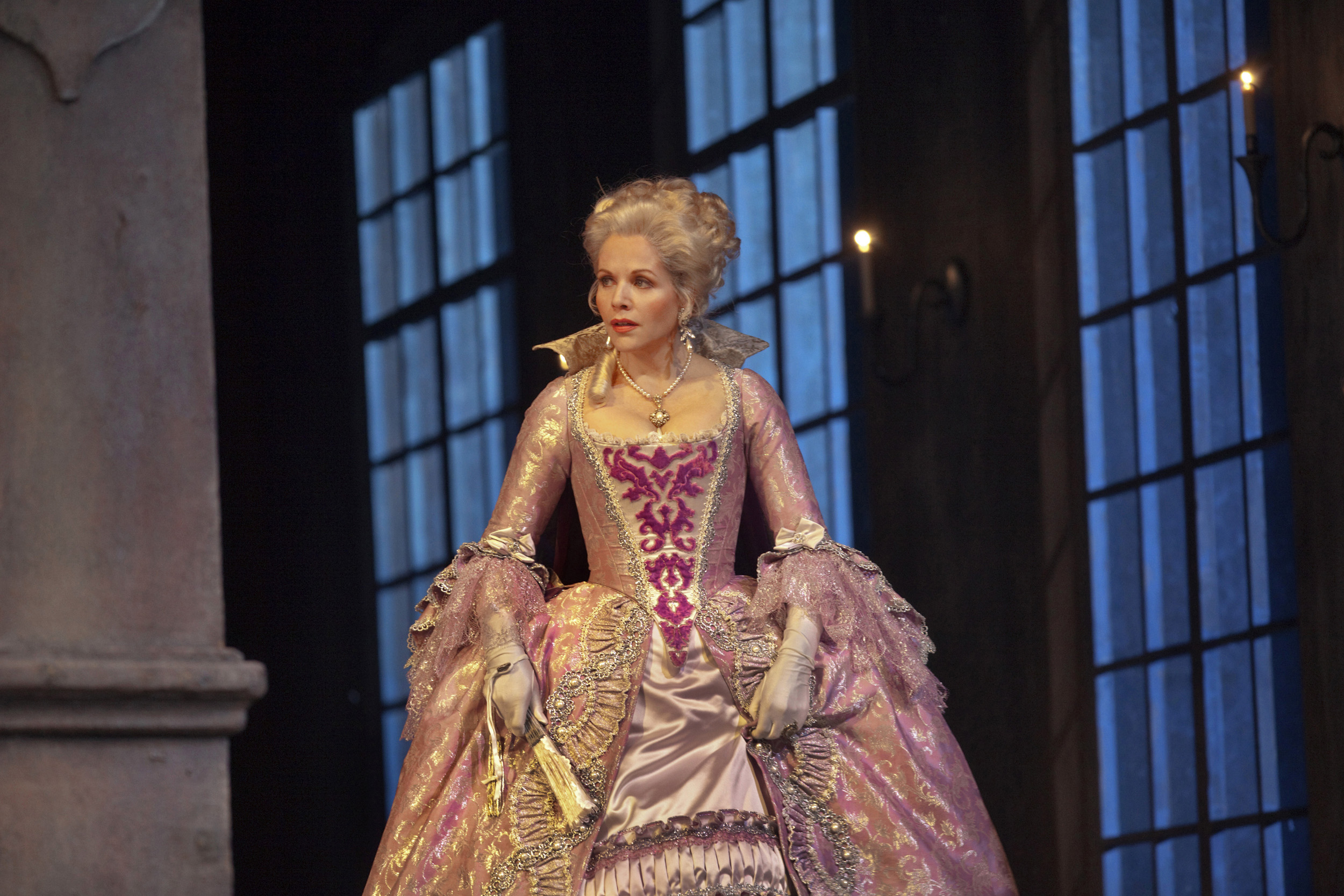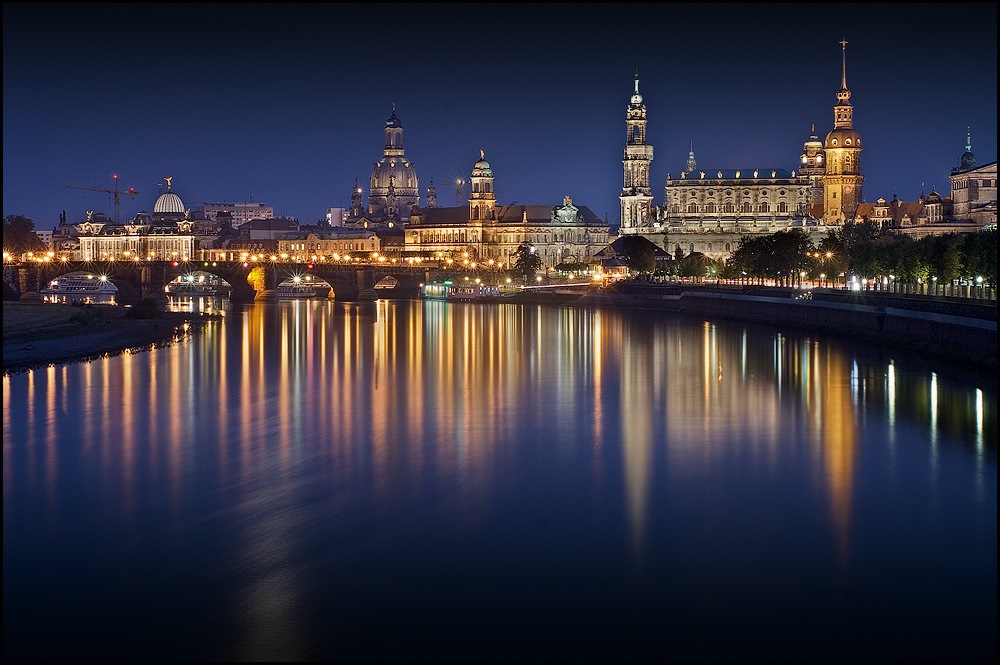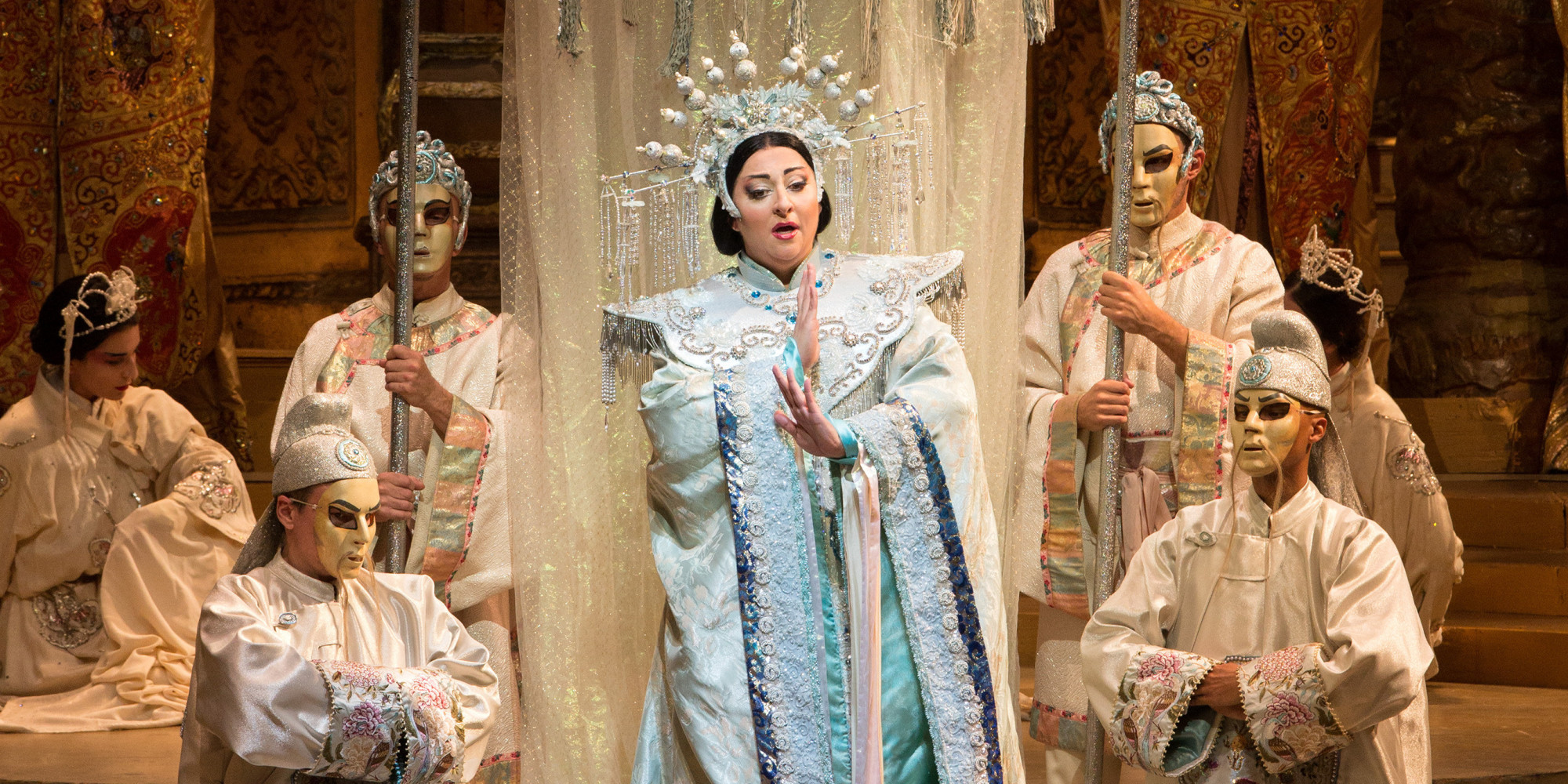Berg’s “Wozzeck”: Hans Graf and the Houston Symphony
It’s considered, by some, to be the greatest opera of the twentieth century. Alban Berg’s expressionist tragedy, Wozzeck, inhabits a darkly surreal world of alienation, dispossession, and mental and emotional breakdown. Written between 1914 and 1922, it’s based on a play by the German dramatist, Georg Büchner (1813-1837) -a work left incomplete at the time of Büchner’s death at the age of 23. Berg assembled the libretto from fifteen of Büchner’s scenes, retaining “the essential character of the …







